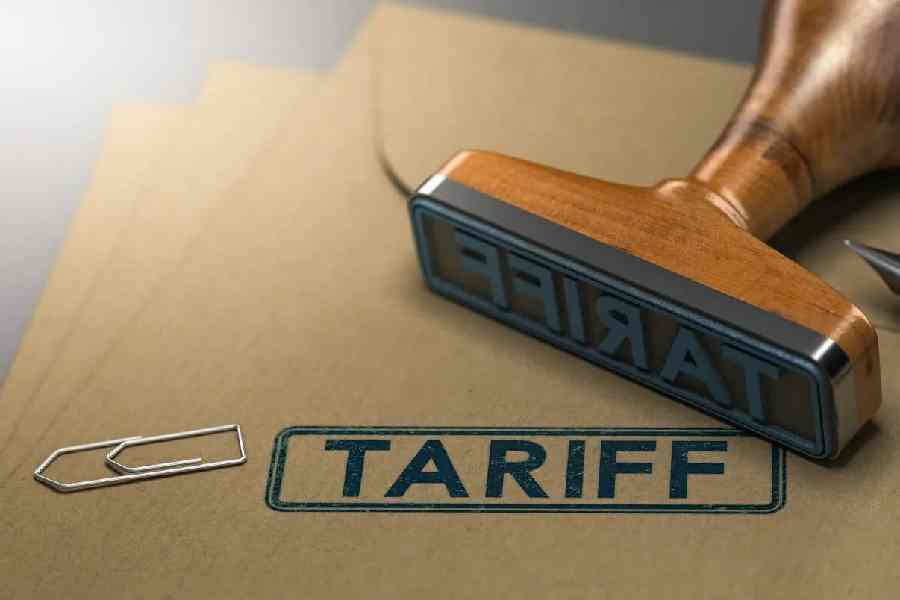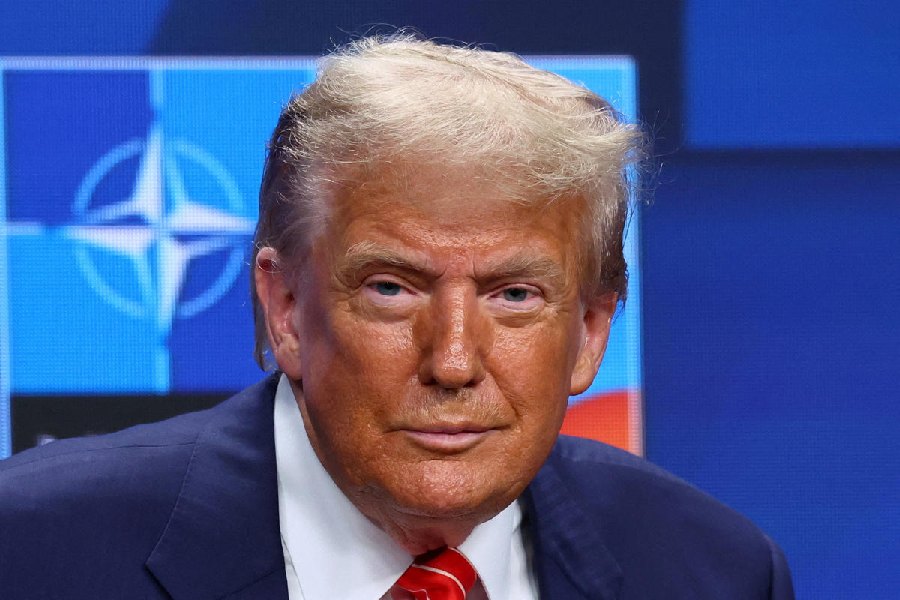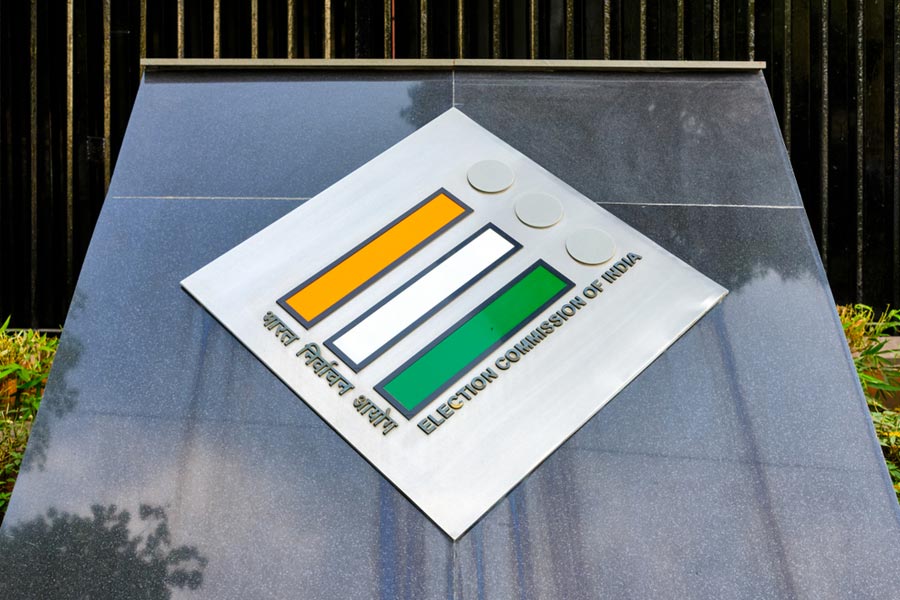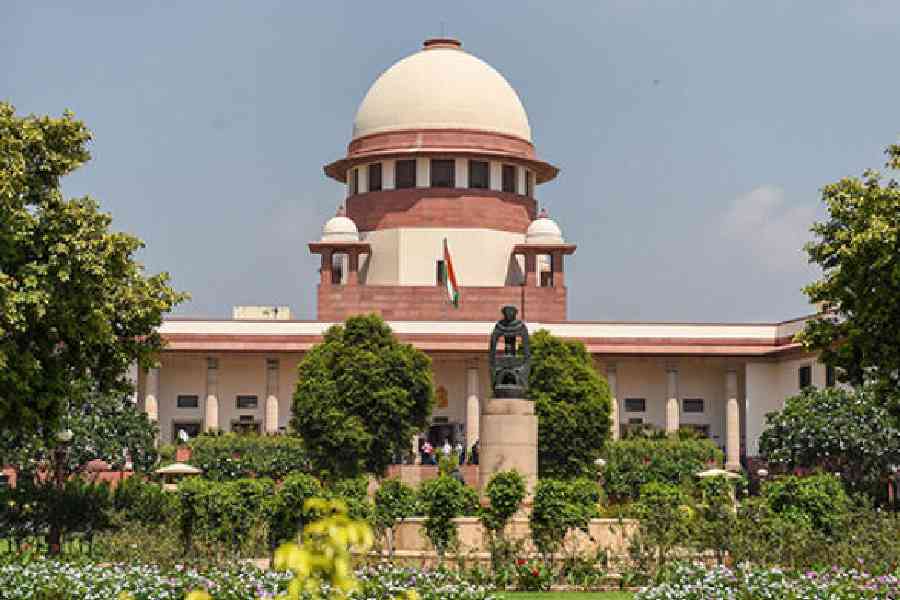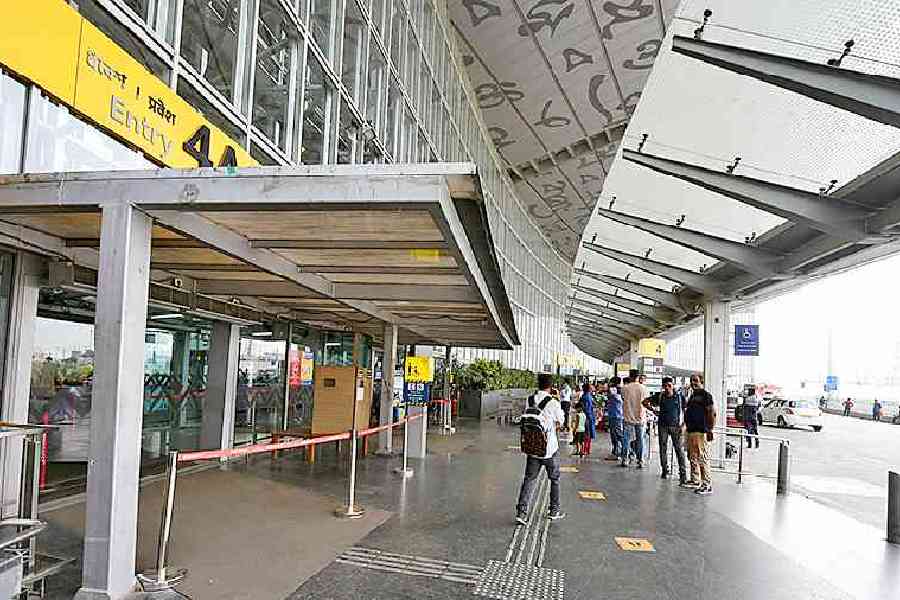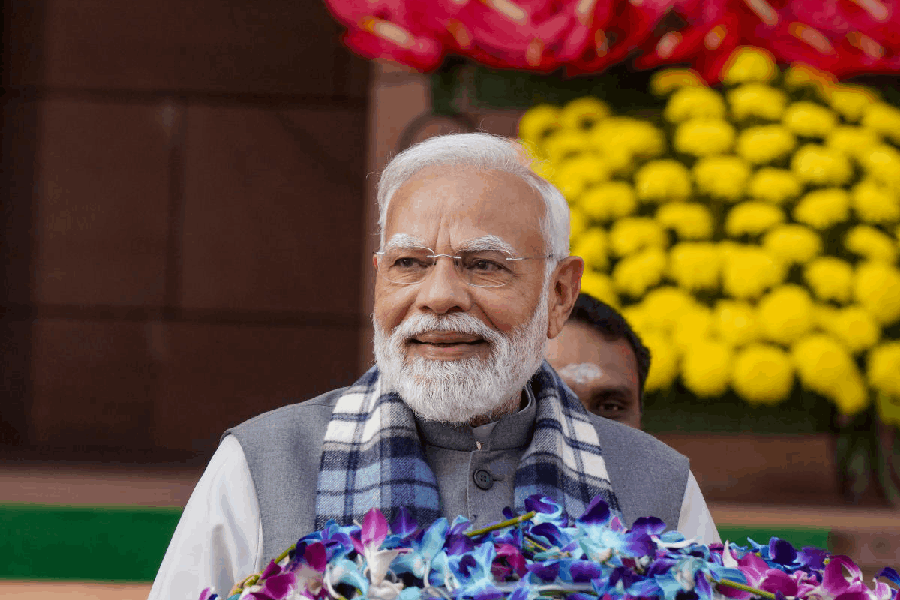As Washington readies to impose a wave of new tariffs on global trading partners, India is hoping to walk away with a better deal than its Asian neighbours. But sticking points could still scuttle an agreement.
Behind the scenes, New Delhi and Washington are racing to finalise a trade pact that could cap US duties on Indian goods at under 20 per cent, lower than the 26 per cent first floated. That would place India in a better position compared to other Asian nations.
But while the outlines of a deal might be beginning to take shape, it’s far from done.
On an optimistic note, Bloomberg reports that “while much of the world braces for a tariff sledgehammer from Washington, India may walk away with barely a bruise.” Sources quoted by Bloomberg suggest the two governments are working on a joint statement that would announce a trade framework along with room for further negotiation.
That approach would stand in stark contrast to the Trump administration’s more heavy-handed tactics elsewhere. Last week, Vietnam and the Philippines were slammed with 20 per cent tariffs, while Laos and Myanmar were slapped with levies of 40 per cent. Vietnam, which believed it had a deal in place, was “surprised” by the final rate.
The original deadline to seal the deal with India of July 9 has now come and gone. That date marked the end of a 90-day exemption period before reciprocal tariffs kick in. Now, a new deadline has been set: August 1.
If no agreement is reached, Indian exporters could be swept up in the same tariff wave crashing over much of Asia. And though India was the first to approach Donald Trump’s administration after he threatened tariffs on nations with US trade surpluses (India’s surplus is more than $40 billion), negotiations have proved tricky.
Trump told NBC News he’s considering “blanket tariffs of 15-to-20 per cent” on most trading partners that haven’t yet received their new rates. That’s all well and good.
In the face of political pressure at home, India now appears ready to walk away rather than accept what it sees as a bad deal.
The list of unresolved issues is long. Chief among them are US demands that India open up to genetically modified crops, a proposal that has stirred fierce resistance from farmers, scientists and politicians alike.
Experts worry that if GM products enter the country, they will leak into domestic agriculture. This raises concerns over food safety, environmental harm and potential export bans by countries which don’t accept GM products.
The two sides are also clashing over dairy imports because US cattle are often fed animal-derived feed, which violates Indian religious and cultural norms. India says these protections are non-negotiable.
India has already suffered hits on various fronts. A 25 per cent tariff on auto components, which account for 28 per cent of Indian exports to the US, could saddle the sector with up to Rs 9,000 crore in added costs, according to credit rating agency ICRA. The US has also slapped a 50 per cent tariff on steel and aluminium, threatening an important export sector worth $4.56 billion to India.
Beyond tariffs, the US is pushing for concessions on data localisation, intellectual property enforcement and opening up multi-brand retail which would benefit US giants like Amazon and Walmart.
India’s new Digital Personal Data Protection Act, which restricts cross-border data flows, is another major point of discord. The US also wants access to defence and energy contracts.
Then there’s the political angle. Trump has lashed out at Brics, the emerging economic bloc that includes India, calling it inimical to US financial interests. Though Trump said last week a deal with India is “close,” he also warned of extra tariffs on goods from Brics members.
Another Indian delegation is expected to travel to Washington in the coming days, marking the third such visit in as many months in hopes of finding common ground. A US team has also made two trips to India during the same time span.
The two sides may opt for a mini-deal on tariffs and leave the tougher negotiations for later, trade experts say. But Trump’s volatile and unpredictable policymaking makes nothing certain, they add.

